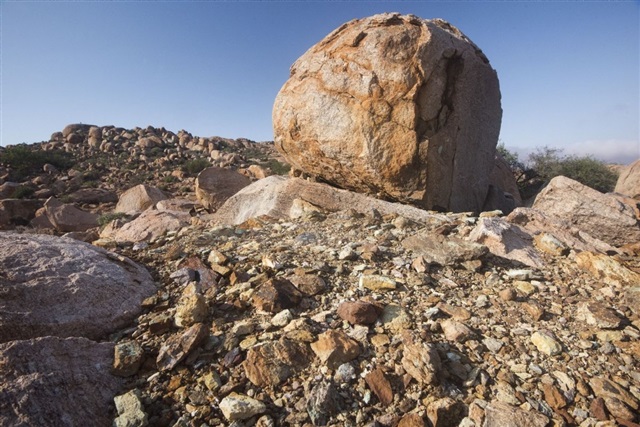While the recent surge in AI's influence on mobile devices has been swift and pervasive, Apple and Huawei's forays into satellite communication have, thus far, been more hype than substance.
Apple's iOS 18 has updated its satellite communication capability, which is expected to inject momentum into the satellite market and boost demand for GaN power amplifiers.
Disruptive innovation can transition companies from fiercely competitive 'red ocean' markets to 'blue oceans' of new opportunities. Ultimately, the goal is to reach the 'black ocean'—the vast, untapped potential of space, transcending Earth's markets to exploit the limitless possibilities of the cosmos.
SpaceX received the go-ahead from US air safety regulators to launch its massive Starship rocket on a fourth major test flight, as the Elon Musk-led company works to make the vehicle operational and ready for regular trips to space.
At Computex 2024, MediaTek placed a spotlight on Generative AI (GenAI) and wireless connectivity, unveiling their comprehensive suite of current products. The lineup includes mobile SoCs, smart home devices, Chromebooks and tablets, 5G CPE, satellite communication, and Wi-Fi solutions.
Taiwan's effort to build its own low Earth orbit (LEO) communication satellites has turned out to be harder than expected, as the country's electronics industry has long been geared toward making satellite ground equipment. Since 2019, the Taiwan Space Agency (TASA) has entered the third phase of the National Space Technology Long-Term Development program which is expected to last a decade. Alongside fostering the domestic design and production capability of six high-resolution optical remote sensing satellites, a key part of the program is to develop Taiwan's industrial capability to build Beyond 5G (B5G) communication satellites akin to Starlink.
Looking ahead to 2024, Qisda is set to concentrate on four key operational strategies, targeting heightened growth and market dominance.
According to PwC's 2024 AI Jobs Barometer, AI job growth has outpaced the overall job market by a factor of 3.5 since 2012. An analysis of 2023 salary data and job requirements from the US, UK, Canada, Australia, and Singapore indicates that non-AI technical roles with additional AI skills command an average salary increase of 25%.
Elon Musk inaugurated SpaceX's Starlink internet services in Indonesia on Sunday as the world's largest archipelago seeks to boost connectivity to its most remote areas.
Tron Future Tech, a Taiwanese startup founded in 2018, has emerged to be a prominent leader in Taiwan's low Earth orbit (LEO) satellite and Counter-Unmanned Aircraft Systems (C-UAS) markets. At the core of the success is the company's independently developed Active Phased Array (AESA) radar technology. Recently, Tron Future announced that it has secured NT$900 million (approx. US$32.4 million) in a Series A funding round led by the government-backed Taiwania Capital and the CID Group, and joined by Industrial Technology Investment Corp. (ITRI's venture capital), Taya Venture, and Taiwan Cooperative Venture Capital.
Taiwan's recent efforts to build its own "Starlink" have received growing attention as satellite communication has proven itself inalienable to wartime resilience, but to what degree are the ongoing government-backed satellite programs geared for modern warfare?
More coverage





